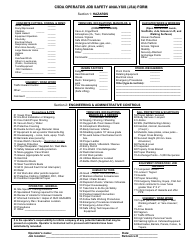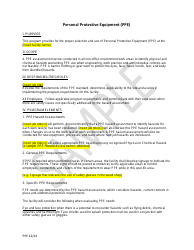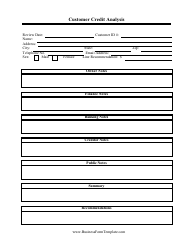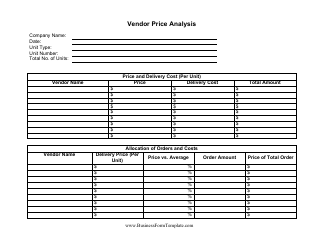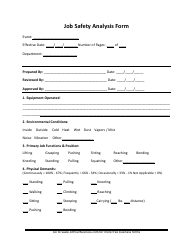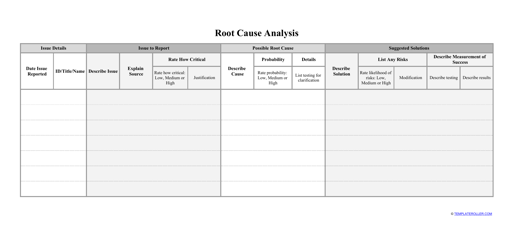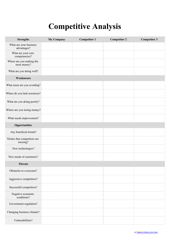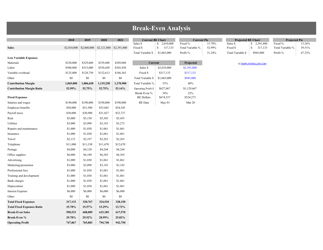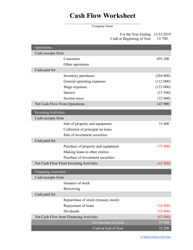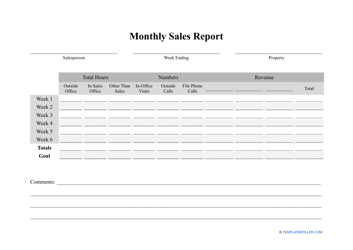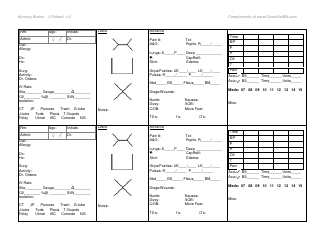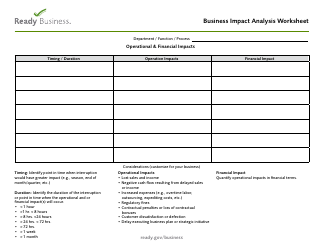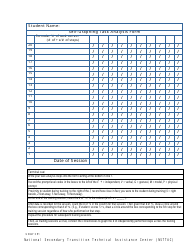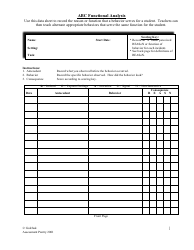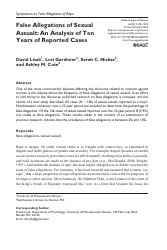Swot Analysis - a Tool for Making Better Business Decisions
Swot Analysis - a Tool for Making Better Business Decisions is a 10-page legal document that was released by the U.S. Department of Agriculture on August 1, 2008 and used nation-wide.
FAQ
Q: What is a SWOT analysis?
A: A SWOT analysis is a tool used for making better business decisions.
Q: How does a SWOT analysis work?
A: A SWOT analysis involves evaluating the strengths, weaknesses, opportunities, and threats of a business or project.
Q: What are the strengths in a SWOT analysis?
A: Strengths refer to the positive attributes or advantages of a business or project.
Q: What are the weaknesses in a SWOT analysis?
A: Weaknesses refer to the negative aspects or areas of improvement in a business or project.
Q: What are the opportunities in a SWOT analysis?
A: Opportunities refer to the potential favorable circumstances or market trends that a business or project can leverage.
Q: What are the threats in a SWOT analysis?
A: Threats refer to the potential challenges, competition, or external factors that can affect a business or project negatively.
Q: How can a SWOT analysis help in making better business decisions?
A: A SWOT analysis helps identify the internal and external factors affecting a business or project, enabling better decision-making based on the insights gained.
Q: Who can benefit from using a SWOT analysis?
A: Businesses of all sizes and industries can benefit from using a SWOT analysis.
Q: What are some examples of using a SWOT analysis?
A: Some examples include analyzing a new product launch, evaluating market expansion opportunities, or assessing the competition.
Q: Is a SWOT analysis a guarantee of success?
A: No, a SWOT analysis is a tool that provides valuable insights, but success depends on how the information is used and the actions taken based on it.
Form Details:
- The latest edition currently provided by the U.S. Department of Agriculture;
- Ready to use and print;
- Easy to customize;
- Compatible with most PDF-viewing applications;
- Fill out the form in our online filing application.
Download a printable version of the form by clicking the link below or browse more legal forms and templates provided by the issuing department.





















